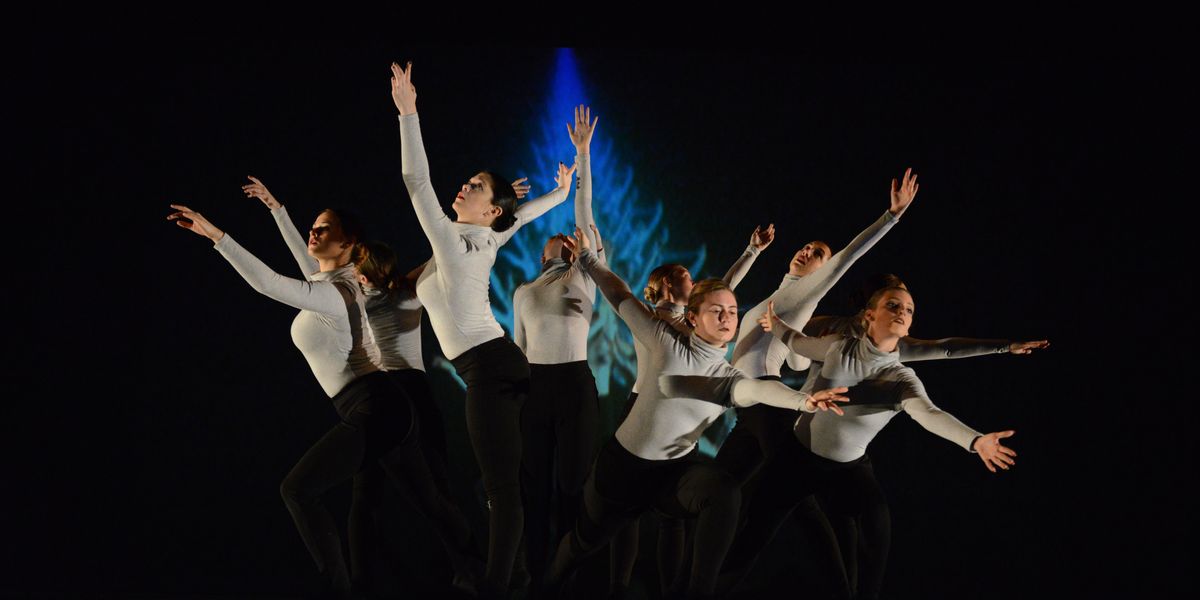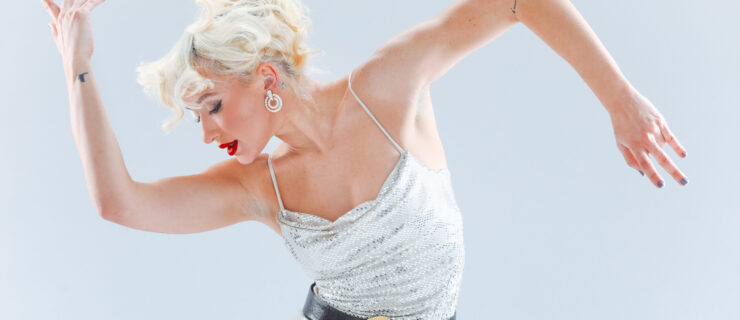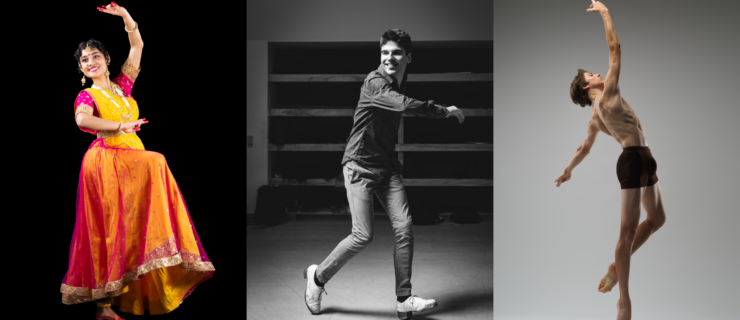One Degree, 7+ Career Options: Everything You Can Do With A Dance Degree Today
The term “dance degree” can be a little misleading—after all, it’s a degree that prepares you for far more than just performing. Classes as varied as composition, pedagogy, dance science, and even grant writing are a part of some dance programs today.
“When I was creating our Bachelor of Arts in Dance program, I went to the Department of Labor and Dance/USA, and I learned that only 17 percent of grads with a performance degree end up performing,” says Kim Vaccaro, associate professor of dance at Rider University in Lawrenceville, New Jersey. “I wanted to offer students as much choice as possible.” The result is a program that offers students myriad career options—like these seven:
Performer
Any dance degree program worth its salt offers students opportunities to hone their performance skills. “My students have to perform every semester as part of the BA,” says Vaccaro. “We produce a major event in the spring every year, and we bring in professional choreographers from the tristate area to create original work.” She reports that these choreographers often end up hiring Rider students later on.
Students can also perform with Rider’s student-run Dance Ensemble, in American Repertory Ballet’s production of The Nutcracker, and with American Repertory Ballet Workshop, part of Princeton Ballet School’s pre-professional training program.

Teacher
Because Rider has a partnership with the nearby Princeton Ballet School, graduates leave with a connection to a respected ballet institution. When 2013 Rider alum Audrey Yeager found a position at the nearby Princeton Symphony Orchestra, she dropped off her resumé at PBS and offered to substitute teach when needed. “Princeton Ballet School ended up hiring me,” says Yaeger. “That was a really nice connection. Because I was familiar with the school and how it runs, it was easier to copy that and then eventually create my own teaching style.”
Vaccaro says that many Rider dance students double major in elementary education. “Every single one of them is now teaching dance in public schools,” she says. All Rider students are required to take pedagogy and methodology as part of the dance BA degree.
Choreographer
A strong choreographic focus offers students the tools to make their own work post-grad. Rider dancers, for example, take choreography and improvisation classes. They also get to learn firsthand from the reputable choreographers who come to Rider to create new work with them. “I call it osmosis,” says Vaccaro. “When you stand by an incredibly inspirational person and work with them intensely, you start absorbing the affinities and mechanisms by which you can then develop your own pieces.”

Physical therapist
After noticing that many dance graduates were double majoring in science and then going on to graduate school to pursue careers in physical and occupational therapy, Vaccaro helped design a dance science degree for Rider. “The dance science majors even do practicums with a dance physical therapist on campus,” she says. “It’s another kind of pedagogy—an experiential one.”
Dance movement therapist
“This type of therapy uses movement to find ways of dealing with anxieties or traumas or other mental health illnesses,” explains Stephanie Greenleaf, who is in her first year of Rider’s new dance movement therapy graduate degree program.
Her extensive dance training has been invaluable to this course of study. “We study different movement affinities that people might have, and what those might mean to them,” she says.”Analyzing those different pressures and speeds of movement helps you be able to explore with patients.”
Rider’s DMT program is unique. “We have movement labs in which students discover for themselves how creativity and dance leads to transformations and healing,” says Eri Millrod, who co-created the program. “We create a learning environment in which students feel free to suspend self-judgement, get to know themselves and take risks.”

Arts administrator
Yeager, who minored in arts administration at Rider, says that a grant-writing class she took as an undergrad was instrumental in helping her find success as the manager of donor relations for the Princeton Symphony Orchestra. “You need to be able to communicate and write clearly in this job,” she says.
Her dance degree has also been integral to her position. “Dance teaches you discipline, creativity, organization, and being accountable,” she says. “That’s my whole life at the symphony.”
Event planner
Another important aspect of Yeager’s job with the symphony is managing special events. Here, too, her time at Rider comes in handy—she was the president of the Rider Dance Ensemble, a performance group that organized two large dance performances each year, in the fall and spring.
“I was in charge of making sure the production ran smoothly, figuring out the show order, deciding what the program should look like—and that’s close to what I do now,” she says. “I see something through from the beginning to the end.”




